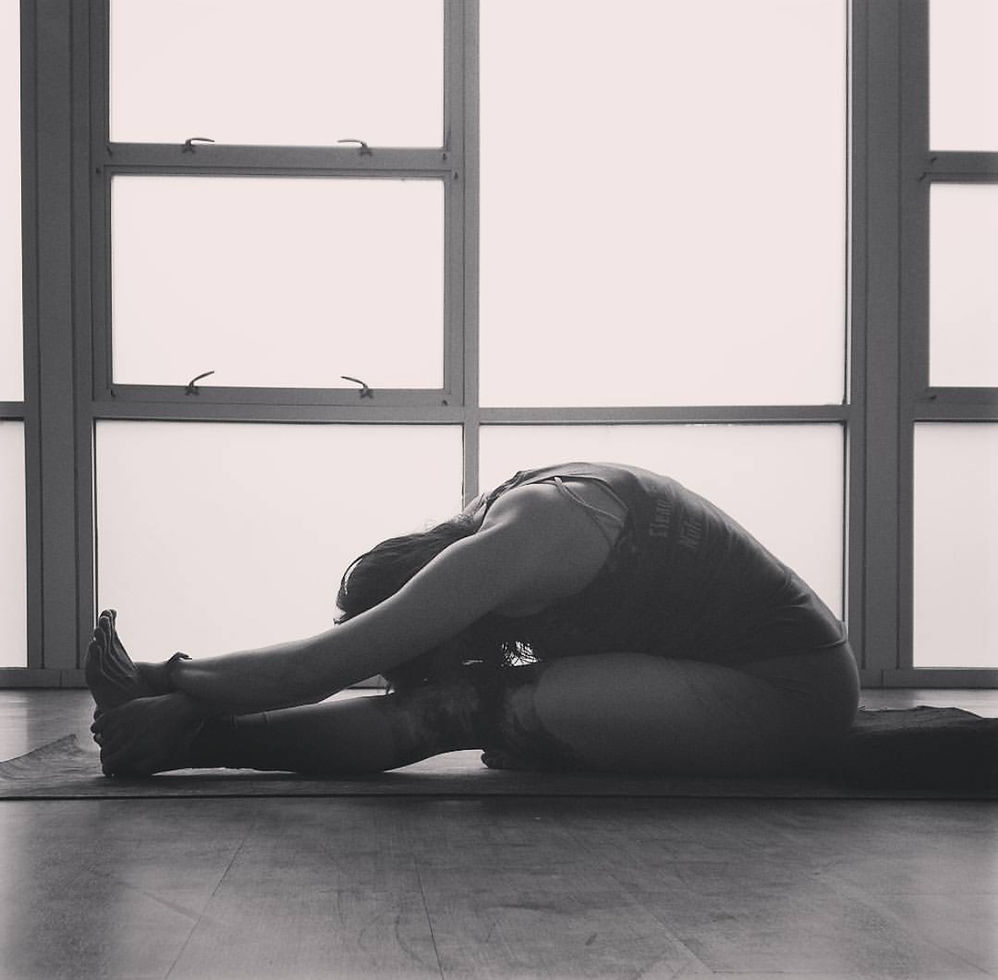
Yin Yoga Explained: Quieting the Mind and Nourishing the Body
- chloedeedudley
- Mar 7
- 3 min read
In our fast-paced lives filled with constant stimulation, finding moments of stillness can seem like an elusive challenge. Enter Yin Yoga, a gentle yet profound practice that invites you to slow down, breathe, and connect with your inner self.
What is Yin Yoga?
Yin Yoga is a passive style of yoga that focuses on the deep connective tissues of the body—primarily the fascia, ligaments, tendons, and joints. Unlike the more dynamic forms of yoga, such as Vinyasa or Ashtanga, Yin Yoga encourages prolonged holds of postures, typically ranging from three to five minutes, or even longer.
This practice is rooted in traditional Chinese medicine's principles, which emphasize the flow of energy (Qi) through meridians, or pathways in the body. Each pose is designed to stimulate these meridians, enhancing the flow of energy and promoting physical, emotional, and spiritual balance.

The Benefits of Yin Yoga
Increased Flexibility: Yin Yoga targets areas often neglected in more active forms of yoga or fitness routines. By holding poses for an extended period, the connective tissues are gently stretched and hydrated, leading to improved flexibility over time.
Enhanced Circulation: As you relax into each pose, blood flow to the targeted areas increases. This helps nourish the tissues and can aid in recovery after more vigorous exercise.
Mindfulness and Stress Relief: The meditative nature of Yin Yoga allows practitioners to cultivate mindfulness. The stillness can prompt introspection and connection with the breath, alleviating stress and anxiety.
Emotional Release: Prolonged poses can bring stored emotions to the surface, allowing for a cathartic release. Since Yin Yoga encourages staying present, it can aid in processing complex feelings.
Balancing the Yang: In a world that often emphasizes action and productivity (Yang energy), Yin Yoga provides a counterbalance, creating harmony within the body and mind. It invites you to embrace stillness and introspection.
Common Yin Yoga Poses
Some of the foundational poses in Yin Yoga include:
Butterfly Pose (Baddha Konasana):Opens the hips and groin.
Dragon Pose: Stretches the hip flexors and quadriceps.
Sphinx Pose: Engages the spine and opens the chest.
Reclined Bound Angle Pose (Supta Baddha Konasana): Expands the hips and promotes relaxation.
Each of these poses can be modified with props like blocks, bolsters, or blankets to facilitate comfort and accessibility.
How to Practice Yin Yoga
Create a Comfortable Space: Find a quiet environment where you feel at ease. Dim the lights, light a candle, or play soft music if it helps you relax.
Use Props: Don’t hesitate to use props to support your body. This ensures comfort, especially for longer holds.
Breathe Deeply: Focus on your breath as you settle into each posture. Inhale deeply through your nose and exhale slowly, allowing each breath to guide you deeper into relaxation.
Let Go of Expectations: Yin Yoga is about being present with yourself. Release any need to achieve a perfect posture; instead, focus on the sensations in your body.
Practice Regularly: Incorporate Yin Yoga into your weekly routine, even if just for a few minutes. The benefits multiply with consistency.
Conclusion
Yin Yoga is an invitation to slow down, tune in, and embrace a meditative state of being. In our busy lives, taking the time to cultivate stillness and presence through this gentle practice can lead to transformative benefits for both the body and mind. Whether you are a seasoned yogi or a curious beginner, Yin Yoga offers a nurturing path toward self-discovery and holistic wellness. So roll out your mat, take a deep breath, and explore the calming depths of Yin Yoga.
What is your favorite Yin Yoga pose to practice?



Comments